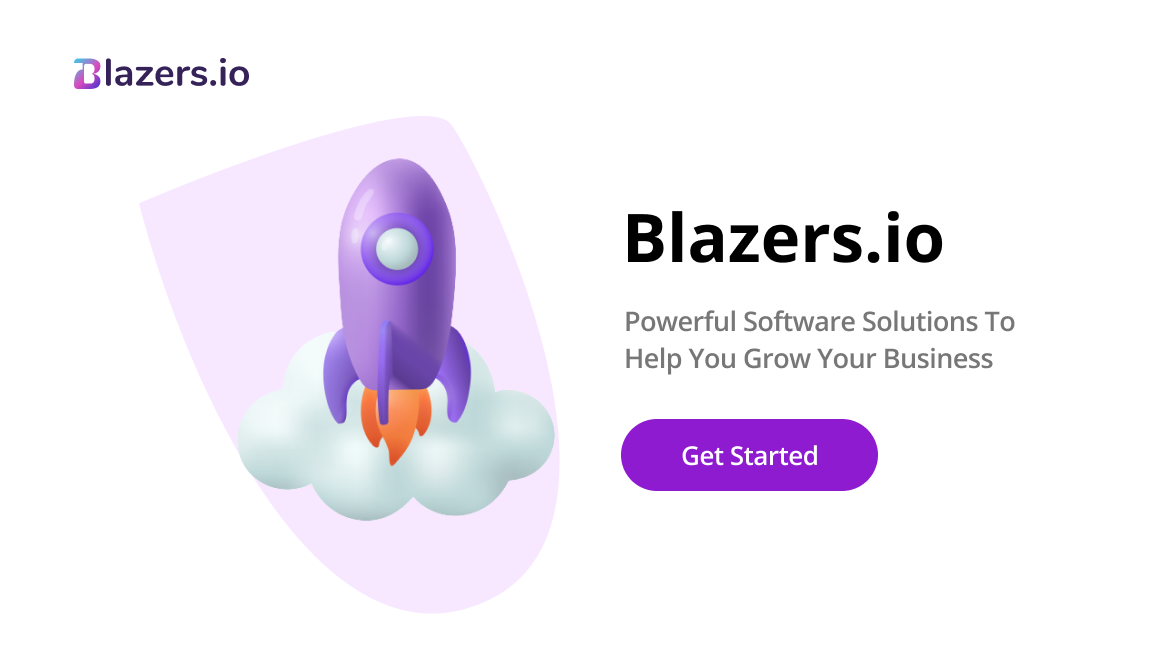Published at eCommerce by Sael
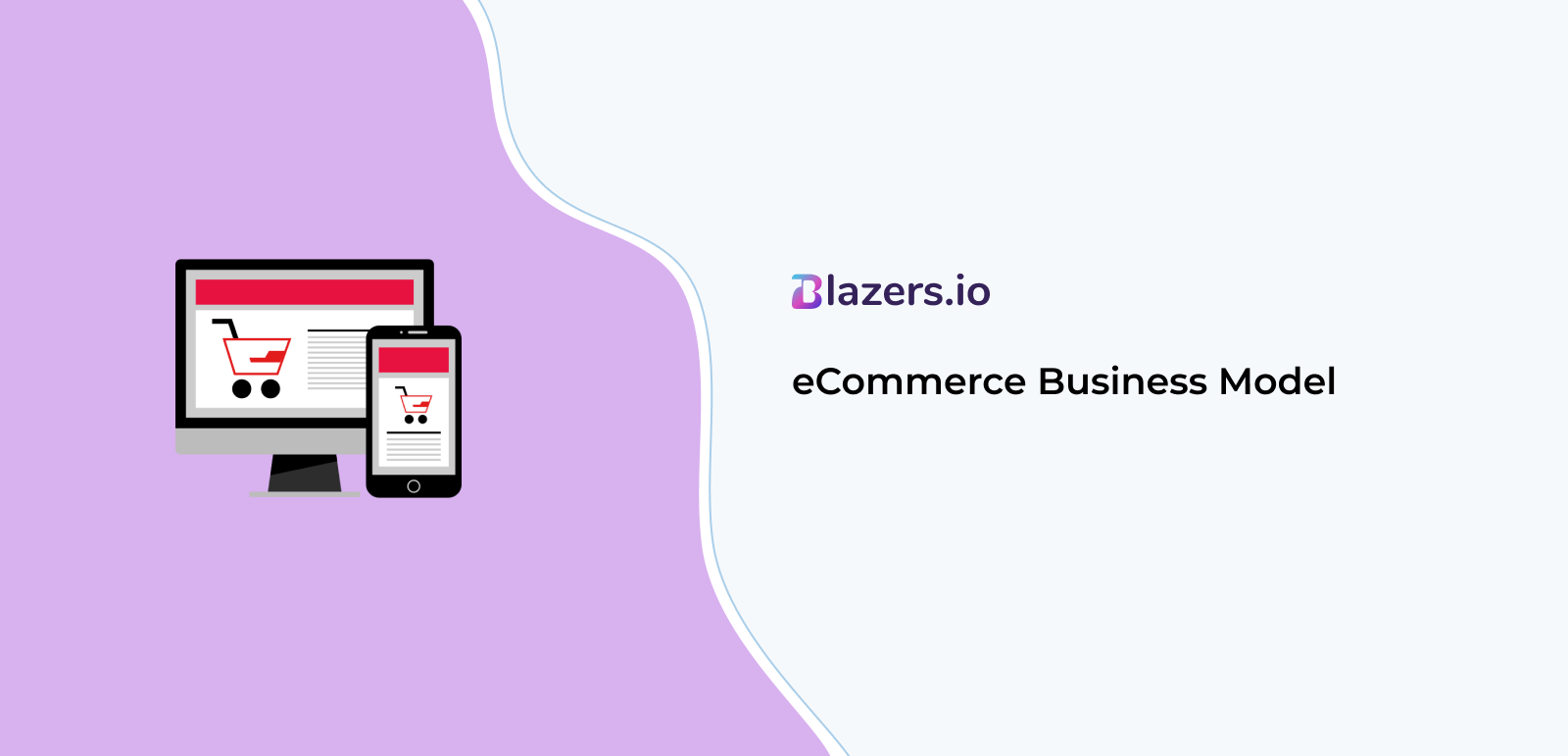
6 Types of eCommerce Business Models: Which is Right for You
Published at eCommerce by Sael
When starting a business, performing the marketing analysis and planning the business model is essential. The customer is the king of any business. So, deciding on the customer and then planning the business is necessary.
In recent days, the eCommerce business has taken a significant leap in the minds of consumers. Experts believe that: The Indian eCommerce market is expected to reach $170 billion by 2025 (Bain). India's online shopper base will reach nearly 500-600 million by 2030 and become the 2nd largest globally (IBEF).
So, are you ready to jump into the eCommerce business and make a remarkable change? This blog gives you details about the types of eCommerce business models.
Table of Contents
1. What are eCommerce Business Models
2. Types of eCommerce Business Models
2.1 Business-to-Business (B2B)
2.2 Business-to-Consumer (B2C)
2.3 Consumer-to-Consumer (C2C)
2.4 Consumer-to-Business (C2B)
2.5 Business to Government (B2G)
2.6 Business to Business to Consumer (B2B2C)
3. Conclusion
1. What are eCommerce Business Models
eCommerce, or electronic commerce, is a method of conducting business that facilitates the buying and selling of goods and services over the Internet.
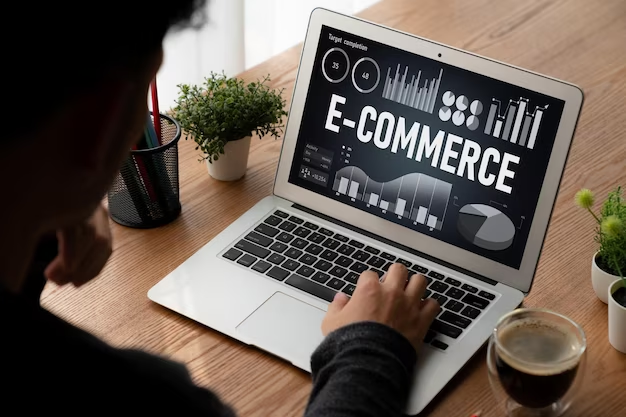
The future of any successful business model is rooted in eCommerce. You can maintain an edge over the opposition and fuel long-term growth by learning how it complements your efforts.
2. Types of eCommerce Business Models
There are six types of eCommerce Business models.
2.1 Business-to-Business (B2B)
Business to Business, or B2B, is when a company directly sells the products or services it produces to other business entities.
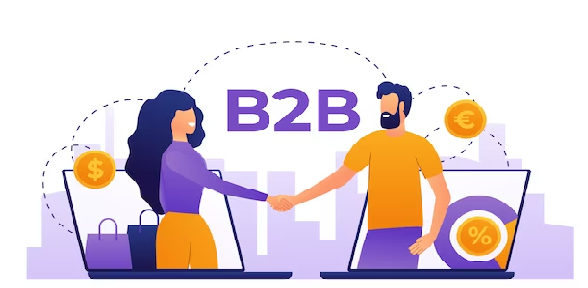
A B2B business deal is processed between two organizations, Wholesalers and online retailers. Both organizations have benefits in the transaction.
According to Grand View Research, within 2027, global eCommerce is forecast to reach $20.9 trillion, which represents a CAGR of 17.5% during the forecast period (2020-2027).
B2B happens in different verticals of the websites like:
• Company Websites
• Product Supply and Procurement Exchanges
• Specialized or vertical industry portals
• Brokering Sites
• Information Sites
Most B2B websites will be in one of these categories. Also, another vertical is Software building B2B websites. This is comprised of databases, tools and templates, transaction soft wares, etc.
How do B2B Businesses work?
There are ways this B2B eCommerce business model works
• Usually, the vendor's products and services are used by a group or department.
• Occasionally, a single buyer user completes a transaction that helps the company reach its business goals.
• Some B2B transactions involve the whole company using the office products like laptops, chairs, etc.
• A buying committee handles choosing the right product for larger or more complicated B2B product purchases.
• For big purchases, the buyer might send out a request for a proposal. In this case, the buyer asks potential sellers to send proposals describing their products, terms, and prices.
Why B2B is important, and what are the benefits?
B2B is vital as each business must buy goods and services from other companies to start, stay in business, and grow.
B2B suppliers provide a company with office space, furniture, computer hardware, Software, etc. Companies buy food and signs from suppliers.
Benefits
• Large Average Deal Size
• Higher switching costs
• Large market potential
• Built-in order management
• Faster delivery.
What are the types of B2B Companies
• Producers
• Retailers and resellers
• Agencies and consultants.
B2B Industries
1. Manufacturing
2. Construction
3. Retail
4. Healthcare
5. Education
6. Engineering
7. Marketing and sales
8. Real estate
9. Food and beverage
10. Insurance, etc.
Examples of B2B companies
Alibaba – Wholesale B2B Marketplace:
Alibaba started in 1999 and is the central place where discounts are traded worldwide. This site gives you access to many things, and everyone can use those things.
Alibaba makes sure that all of its products are available to the public, considering the 40 main categories it sells in. It sells various things, from customer gadgets to high-tech hardware and clothing. It is also the place to go for the cross-line trade of some goods and businesses.
It is known for how it ships goods and items, including all customs and border tax fees. It helps small and medium-sized businesses worldwide sell their goods and grow abroad.
2.2 Business-to-Consumer (B2C)
B2C is an acronym for "business to consumer." B2C transactions are business deals in which a company sells goods or services directly to customers. In the past, B2C transactions were things like buying clothes at a mall store or eating at a restaurant.
Today, however, B2C usually refers to e-commerce, where companies sell products directly to consumers online. The B2C business model concentrates on selling and marketing to non-business consumers who purchase the product for their use.
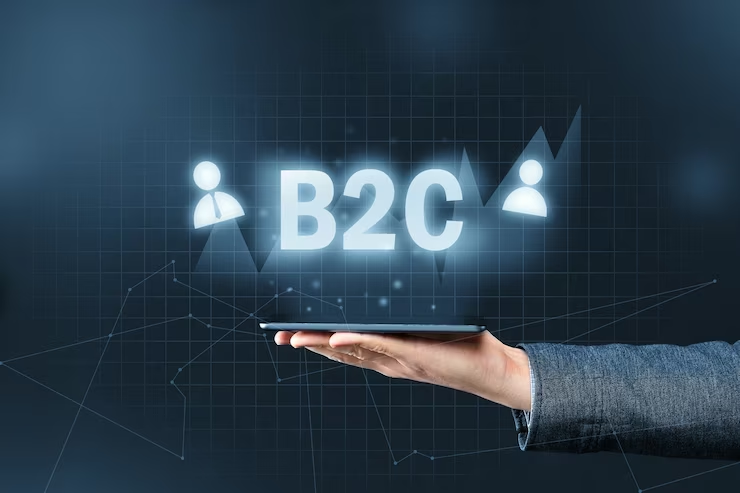
What kinds of B2C eCommerce businesses are there?
1. Direct Sellers- the online stores that sell either their brand products or goods from many different brands.
2. Online Intermediaries - Online intermediaries connect businesses and potential customers through their websites.
3. Advertisement-based - They sell ads for products and services that belong to other companies.
4. Community-based - Businesses market their goods and services in online forums that have something to do with what they sell.
5. Fee-based- Fee-based e-commerce websites cost clients for accessing their websites because their products or services can be accessed directly from there.
Advantages of B2C eCommerce Business Model
1. Reach more customers
2. Reduce your overhead costs
3. Create detailed customer profiles.
Example
People and small businesses can market their artistic goods and services on the Etsy website under their brands. Customers can then go to the site and buy from the sellers directly.
2.3 Consumer-to-Consumer (C2C)
C2C, which stands for "customer to customer" or "consumer to consumer," is a type of eCommerce business model that makes it easier for customers to trade goods or services with each other.
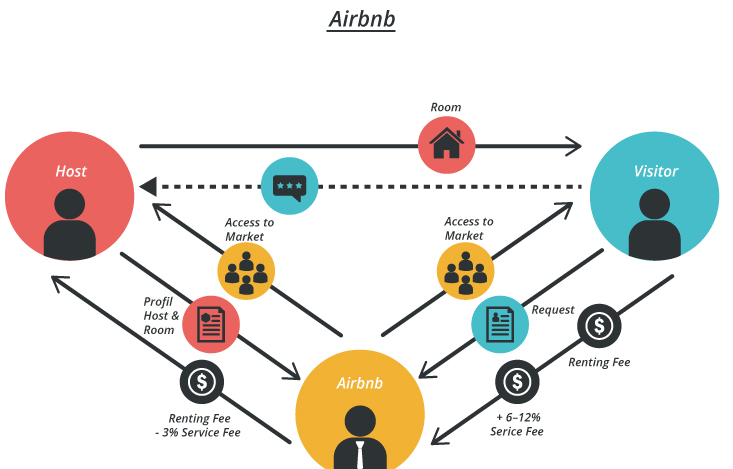
How does C2C (Customer-to-Customer) Work?
C2C is a type of market where one customer buys goods from another using a third-party business or platform that helps in sales. In the C2C eCommerce business model, they grow out of the sharing economy and e-commerce.
Customers frequently discover items that are difficult to locate elsewhere due to product competition. Also, sellers can make more money than traditional pricing methods because they don't have to pay retailers or wholesalers.
C2C sites are easy to use because visiting physical stores is optional. Online, sellers list their goods, and people who want to buy them find them.
Advantages
1. C2C has minimal costs
2. C2C is convenient for sellers
3. C2C is suitable for buyers.
Example
Airbnb: Users of Airbnb can advertise their homes to other travellers looking for temporary lodging and charge a nightly rate.
2.4 Consumer-to-Business (C2B)
C2B (consumer-to-business) eCommerce Business model is distinct from other forms of online trade because it places the responsibility of value creation directly on the shoulders of the consumer.
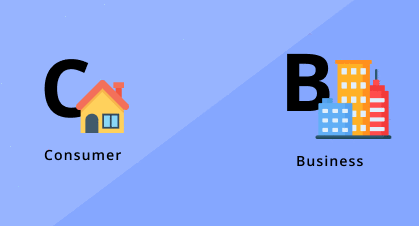
How does it work?
The C2B eCommerce Business model sometimes helps freelancers and independent workers who work for a business and get paid for it. People who work as independent contractors offer their services or products on a website that was made for C2B eCommerce. They talk to the businesses and deal with them on their terms.
People who work as freelancers sell goods or offer services, mostly on C2B e-commerce sites that are made just for freelancers. They make up most of the people who work for C2B.
Businesses use C2B online platforms to find skilled service providers or unique product sellers. They then hire independent workers or freelancers who meet their needs. The platform is sometimes a third party that charges a fee to put sellers in touch with businesses.
Advantages
1. Flexibility
2. Higher Earning Potential
3. Wider reach
4. Variety of work
5. Independence.
Example
A food blogger who links to a company's cooking products through an affiliate link on their blog.
2.5 Business to Government (B2G)
Business-to-government, or B2G, is the relationship between a business and government institutions and agencies. B2G is a sales model in which companies sell goods, services, and information to governments or government agencies. (Such as federal, state, or local agencies).
How does it work?
In contrast to other sales models, the B2G (business-to-government) eCommerce Business model is challenging and requires strict adherence to business laws and conditions. This is because government agencies are involved and watch over the process.
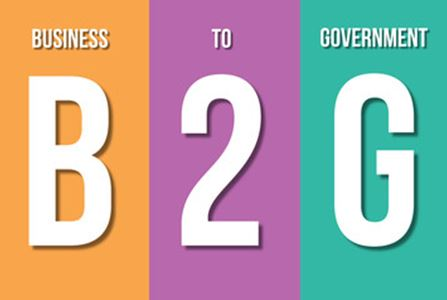
Companies that meet the government's strict requirements will now figure out the fee and submit a price for the project. Then, the government will look at the companies and decide on the best one. They will then sign a B2G contract with that company.
Most of the time, state agencies will make contracts that have already been negotiated, put out tenders, and ask businesses to bid.
Advantages
The advantages of this eCommerce Business model are most government contracts are big and steadier than similar jobs in the private sector. And a business that has done well with government contracts in the past will find it easier to get the next one.
Example
Mark43 is a company that focuses on helping people with technology. Their most successful business-to-government (B2G) mission was to improve the police cloud data system to process data faster.
2.6 Business to Business to Consumer (B2B2C)
Business-to-business-to-consumer, or B2B2C, is an ecommerce business model in which two companies work together to sell goods or services to the same end consumer. Usually, this type of business partnership comprises a company that makes or sells a product or service and takes care of the customer transaction, including customer service, orders, fulfilment, and shipping.
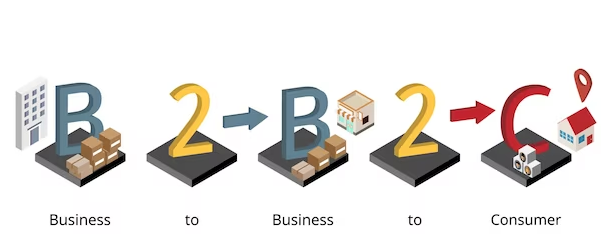
How B2B2C works?
In a B2B2C eCommerce Business model, the middle company sells a service to businesses and products to individual customers. For example, an online store like Amazon sells its e-commerce store hosting to other companies and its fast delivery services to customers who buy through its marketplace.
Depending on the industries of both businesses, a B2B2C partnership can work in a few different ways.
• B2B2C retail.
• B2B2C service.
• B2B2C financing.
B2B2C eCommerce Business model Advantages:
• More customers for producers and manufacturers
• Logistics for storage and shipping were outsourced
• One place where you can buy a lot of different things
• Customers save money and have an easier time.
• More choices for people
• Better interactions between a brand and its customers
• Both businesses in the partnership can grow.
• Brand recognition and business expansion for both parties in the partnership
• Reduced production or manufacturing overhead costs.
Example
The App Store is an example of digital B2B2C retailing. Apple gives software developers a place to sell apps that work on both iOS and MacOS.
Apple users can search for the tools they want and download the apps they need. When someone buys an app, the person who made it gets paid, and Apple gets a cut.
Developers and creators can get their Software to more people, and users can choose from a wide range of apps and tools.
3. Conclusion
Pick a suitable eCommerce business model for success in an e-commerce platform.
In e-commerce, any business model can work, which is good because e-commerce is the way of the future.
Find out how other brands like yours are doing well in e-commerce. Then think about what changes you can make to your business to bring it up to speed and help it do well in eCommerce.





